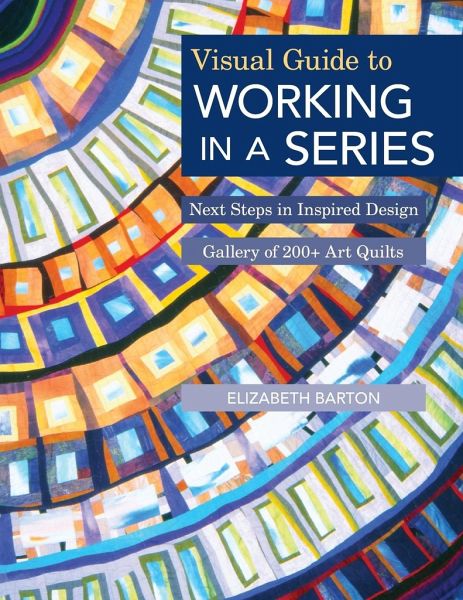
Visual Guide to Working in a Series - Print on Demand Edition
Next Steps in Inspired Design Gallery of 200+ Art Quilts

PAYBACK Punkte
18 °P sammeln!
Deepen your quilt artistry by creating quilts in a series This inspiring guide from art quilter Elizabeth Barton is for quilt artists who have mastered the basics and want to explore deeper levels of creativity and skill. Learn how making a series of quilts can help you generate more ideas, find new subtleties in favorite subjects, and build a body of work for shows. Packed with hands-on lessons and examples, this book will transform your work and enlarge your creative vision forever. • Creative exercises help you develop your own themes and techniques • Includes huge gallery of more than ...
Deepen your quilt artistry by creating quilts in a series This inspiring guide from art quilter Elizabeth Barton is for quilt artists who have mastered the basics and want to explore deeper levels of creativity and skill. Learn how making a series of quilts can help you generate more ideas, find new subtleties in favorite subjects, and build a body of work for shows. Packed with hands-on lessons and examples, this book will transform your work and enlarge your creative vision forever. • Creative exercises help you develop your own themes and techniques • Includes huge gallery of more than 200 examples from Elizabeth and other working art quilters • Explains how working in a series elevates creativity and artistic depth Print on Demand Edition. PRINT QUALITY WILL VARY FROM ORIGINAL EDITION: PODs are printed on uncoated (non-glossy) paper and the color may appear more saturated. Information presented is the same as the most recent printed edition. Pattern pullouts (if applicable) have been separated and presented as single pages.



